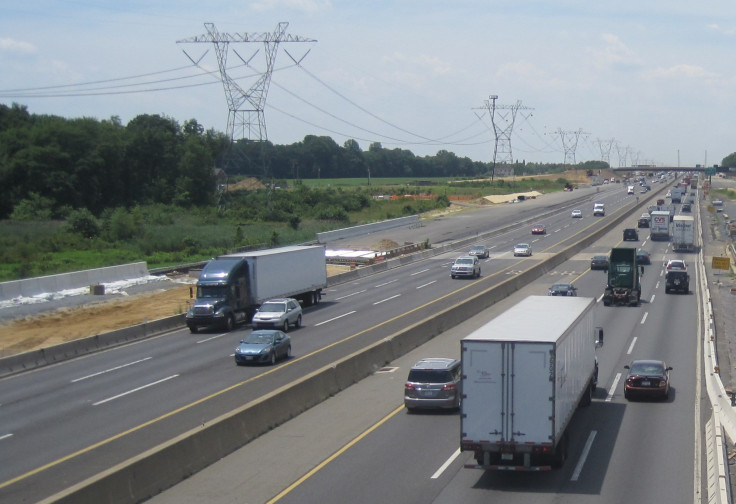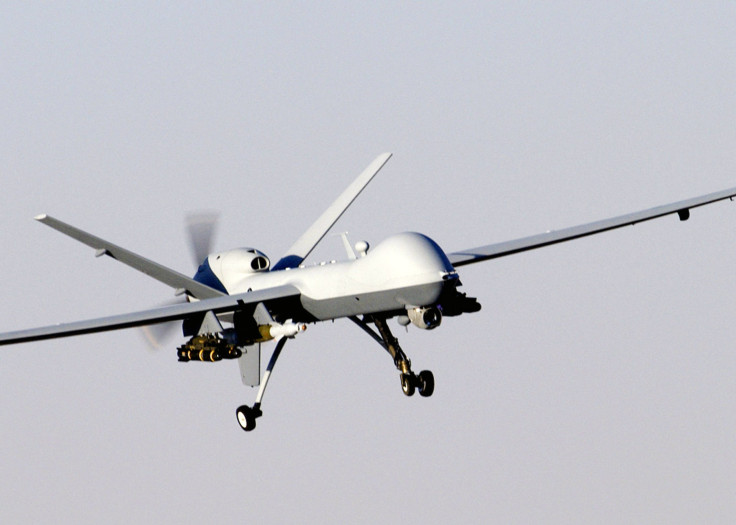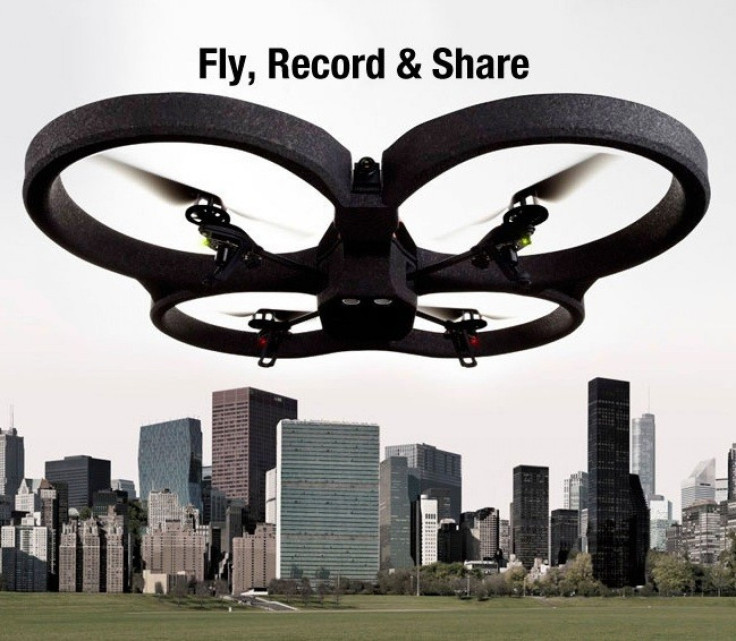Drones: Coming Soon To The New Jersey Turnpike?
New Jersey legislators have introduced four different bills addressing surveillance drones
The Federal Aviation Administration predicts that 30,000 drones will patrol U.S. skies by 2020, but New Jersey drivers could see these unmanned aerial vehicles hovering above the New Jersey Turnpike and Garden State Parkway much sooner than that -- by 2015.
New Jersey lawmakers from both parties look to tackle the drone issue as the federal government prepares to issue the first domestic drone permits starting in September 2015. Currently, four New Jersey legislators have introduced four different bills addressing surveillance drone with varying levels of stringency.

Whom Can We Trust With Drones?
Drones can be used for a wide variety of purposes, from military applications like combat and surveillance to civilian applications like search-and-rescue missions. Many legislators are concerned with the repercussions drones have on privacy, and want to severely limit their usage once the first drone permits are released in 2015.
State Sen. Nicholas Sacco, D-Hudson, says drones could benefit society if used correctly; his bill, introduced on April 25, would let police and fire departments use drones for extreme conditions that might be too dangerous for humans, or where existing tools simply wouldn’t work.
“Think about missing children, missing seniors,” Sacco told the Star-Ledger of Newark. “The immediacy and the ability to use drones to find them quickly is very important. Think about forest fires. Things like this are extremely important.”
While some lawmakers believe drones could be a boon for law enforcement agencies, another bill introduced by Assemblywoman Annette Quijano, D-Union, on March 14 would prohibit the police’s use of drones, but would allow the federal government to deploy drones in declared emergencies such as natural disasters like Hurricane Sandy or cases of suspected terrorism. Quijano’s stance on drones for use against terrorism isn’t too surprising, given her role as chairwoman of the Assembly homeland security committee.
“I don’t want our skyways to look like the Garden State Parkway on a Friday night in the summertime,” Quijano told the Star-Ledger. “But you can see the value of the drones, especially after Sandy, on the Shore area. I’m sure there were areas that were not as safe for law enforcement or firemen to go into.”
Other New Jersey legislators have more restrictive bills in mind for drones. Assemblyman Robert Schroeder, R-Bergen, introduced a bill last June that would allow the police to use drones, but it would require a warrant if they want to use them for aerial surveillance. Furthermore, Schroeder’s bill would forbid police to use drones to issue speeding tickets or enforce any motor vehicle laws, or use information from a current investigation for other unrelated cases or crimes.
While Schroeder’s bill would set limits on drone usage, another bill introduced by Assemblyman Erik Peterson, R-Hunterdon, on May 6 essentially aims to ban surveillance drones outright, except for forest fires and a “credible threat” of a terrorist attack.
“This bill prohibits the use of unmanned aerial vehicles, commonly referred to as drones, by law enforcement entities in this state,” Peterson’s bill said. “The bill provides that any evidence illegally derived from the use of a drone is not to be used as evidence in a criminal prosecution.”

Drones: A Means To Protect or Invade Privacy?
There are many arguments for both sides of the drone issue; lawmakers in favor of drones would say law enforcement officials would save a great deal of money, and possibly lives, by deploying more robots for both surveillance and "operations," i.e. armed conflict. Those against using drones for anything but emergencies would argue that flying machines that can watch, record and transmit our every move are an excessive breach of personal privacy.
“Can you imagine? You’re sitting in your backyard enjoying some quiet time with your family, and the government’s there photographing and recording what you’re saying,” Peterson said.
The FAA has issued more than 1,400 permits to universities and government agencies for drone testing since it banned commercial drones in 2007, but the agency still has yet to figure out how it will accommodate drone flight without disrupting current means of air transportation. The FAA’s plan is to pick out six test sites from around the country; New Jersey is one of the states under consideration, according to FAA spokesman Les Dorr.
“What the [new federal] legislation said is that the FAA had to develop a plan to facilitate ‘safe integration’ of unmanned aircraft into the airspace by Sept. 30, 2015,” Dorr said. “What ‘safe integration’ will look like really has not been decided yet.”
At the moment, New Jersey officials say they are willing to vet only drone applications that do not infringe on personal privacy.
“Any use of those type of technologies we would thoroughly vet through the Attorney General’s Office and look for guidance to make sure we’re on safe grounds regarding people’s rights and privacy,” said Lt. Stephen Jones, a spokesman for the New Jersey State Police.
Legislators continue to disagree on how drones should be regulated in the U.S., but most lawmakers and state officials believe drones are an issue that needs a long-term solution, rather than an immediate answer.
“The technology is going to exist; it’s not going away,” Sacco said. “It’s the same people who thought DNA shouldn’t be used. Back then, people said, ‘Oh my god, you’re invading my privacy.’ Look how many crimes we’ve solved, and how many innocent people have been released.”
“We’ve come to be at peace with dogs, even though they’re related to wolves,” he added.

© Copyright IBTimes 2024. All rights reserved.












